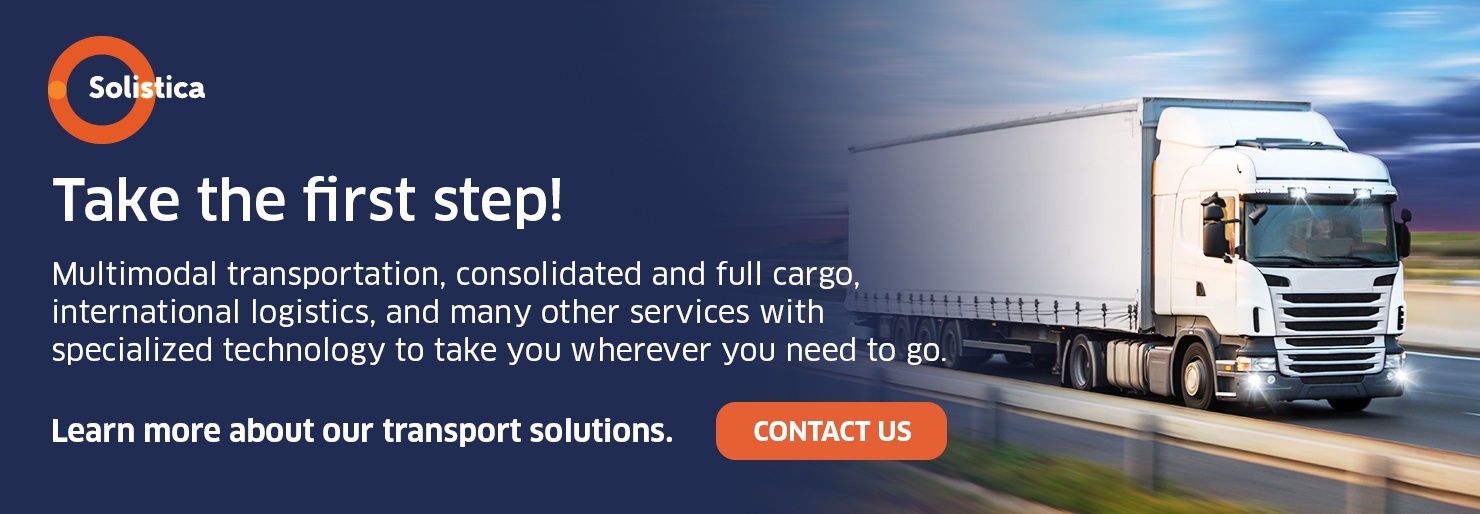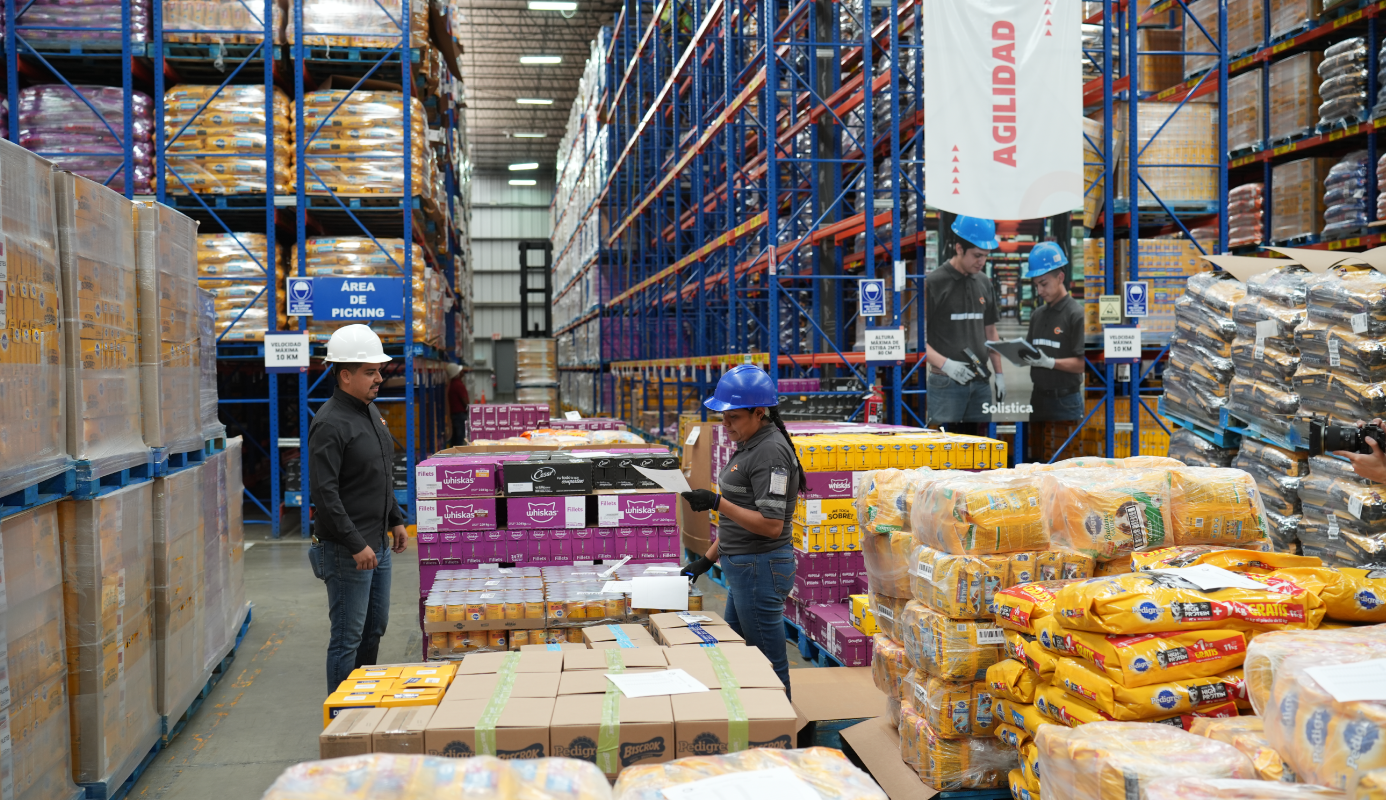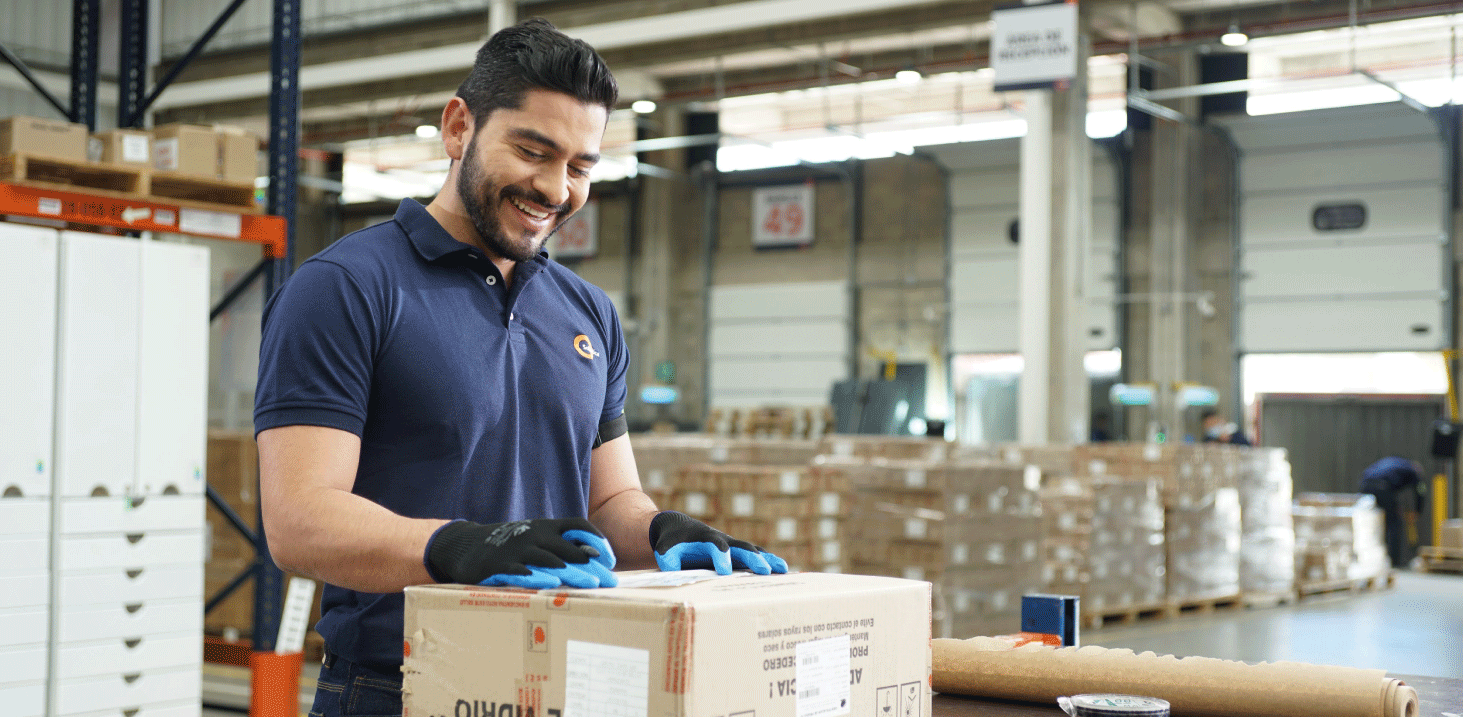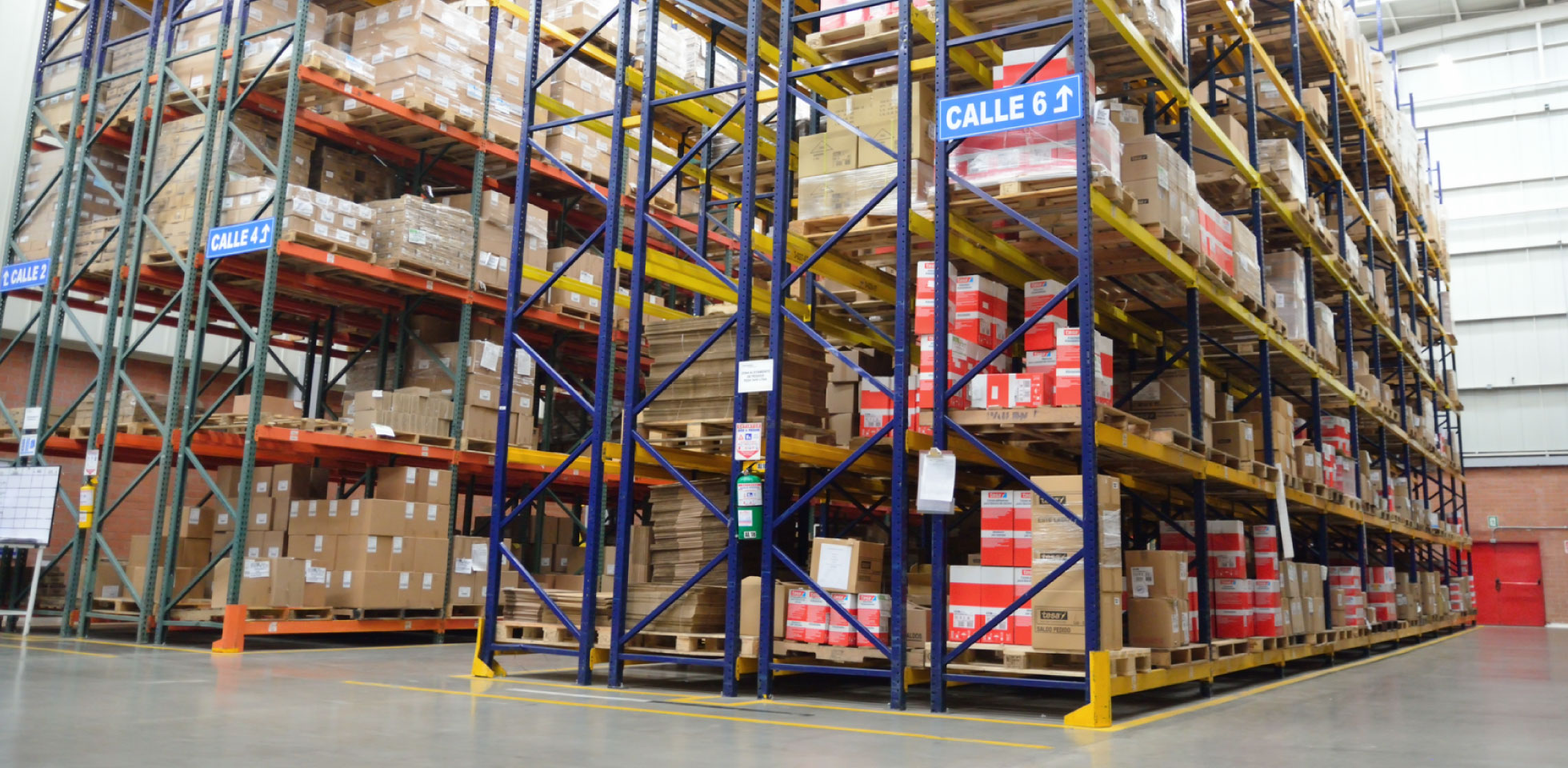We call Infrastructure to the set of elements and services that enables the proper functioning of cities and countries. Infrastructure may be an invisible element for societies initially, but it becomes vital when we face certain events, like a sanitation emergency that forces us to change our consumer habits.
Therefore, the pandemic has put a lot of stress, and attention, on the supply chains, the supply of raw materials, and the transportation of goods, especially essential products like sanitation materials, food, and medicine. This has helped us understand the way the logistics infrastructure directly affects people’s quality of life.
Even though supply chains are always under stress, it is during a crisis – when consumer behavior quickly changes – that the infrastructure of logistics must adapt and evolve.
One of the first adjustments made during this pandemic was to rise to the urgency, haste, and panic that occurred initially in the purchasing of goods and to double the speed to avoid possible shortages. We really had to step on it.
Digital Migration
Another important change was the adjustment of logistics to serve e-commerce because of the rise in sales in digital channels.
Food and medicines broke the record for online sales. This push has placed them in the first ranks on supply chains, creating new challenges in the logistics processes. Beyond physical purchasing, which is now being avoided, there were additions such as the purchasing of entertainment, like games for kids, and remote working technologies.
Gaining Space
Due to the rise of demand on e-commerce, there has been a need to speed up the delivery of goods, which, in turn, has put a pressure on real estate space that can support this growth. This has significantly boosted the demand for property with the right layout to manage logistics. In fact, figures show that logistics real estate has benefitted from the current crisis.
Leaders are focusing on improving the storage standards so they can integrate best practices to serve the market better and, in many regions, the investment in real estate is at the hands of the logistics sector.
Getting Closer
Likewise, and again because of the needs imposed by e-commerce, for leaders of logistics companies the demand for logistics real estate will continue to focus on the periphery of urban areas.
Today, companies must be located near the main population centers to ensure faster deliveries and to have access to more delivery personnel.
Diversification of Manufacturing Locations
Experts find that this crisis is accelerating another structural trend: the promotion of manufacturing in new locations. Along with the trends calling for increasing productivity, manufacturers have been evolving their global supply chain strategies focusing more every day on neighboring locations; for example, Mexico and its proximity to the United States.
A Shift Towards the Green
The pandemic also reinforced the need for new logistics offerings to focus on innovative solutions that care for the environment and aim for sustainability.
Now, more than ever, we must improve our infrastructures, but we also need to make sure they are not invasive and damaging on the long run.
In the Eyes of Investors
Another consequence of these changes has been the renewed attention that logistics has been getting in investment scenarios.
Because of its new-found relevance, experts changed the way they feel about logistics and have begun to perceive it as an asset class due to Covid-19. It now ranks top in the investment menus, so we can expect more funds to diversify to logistics assets.
There is an evident evolution in the sector after a year of global health crisis, and this evolution has been supported by innumerable challenges that we have overcome. However, problems in logistics come up every day in new forms.
One of the best lessons the public and private sectors can learn from this pandemic is that they need to work together so that the planning of urban and countrywide infrastructure considers the improvement of the logistics infrastructure and the transportation of goods, in harmony with the development of urban mobility.
Efficient urban logistics have become a necessity, even more so if we consider the economic forecasts for life after Covid-19.







